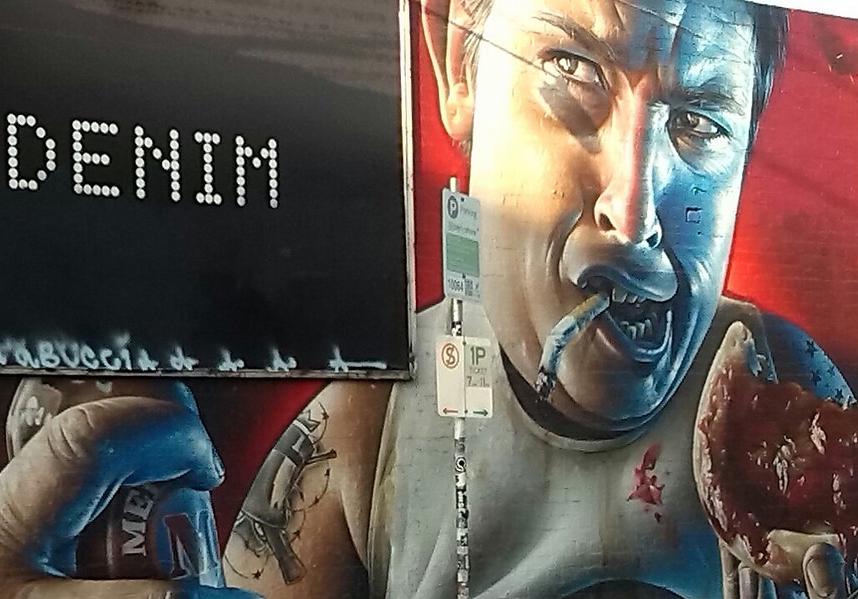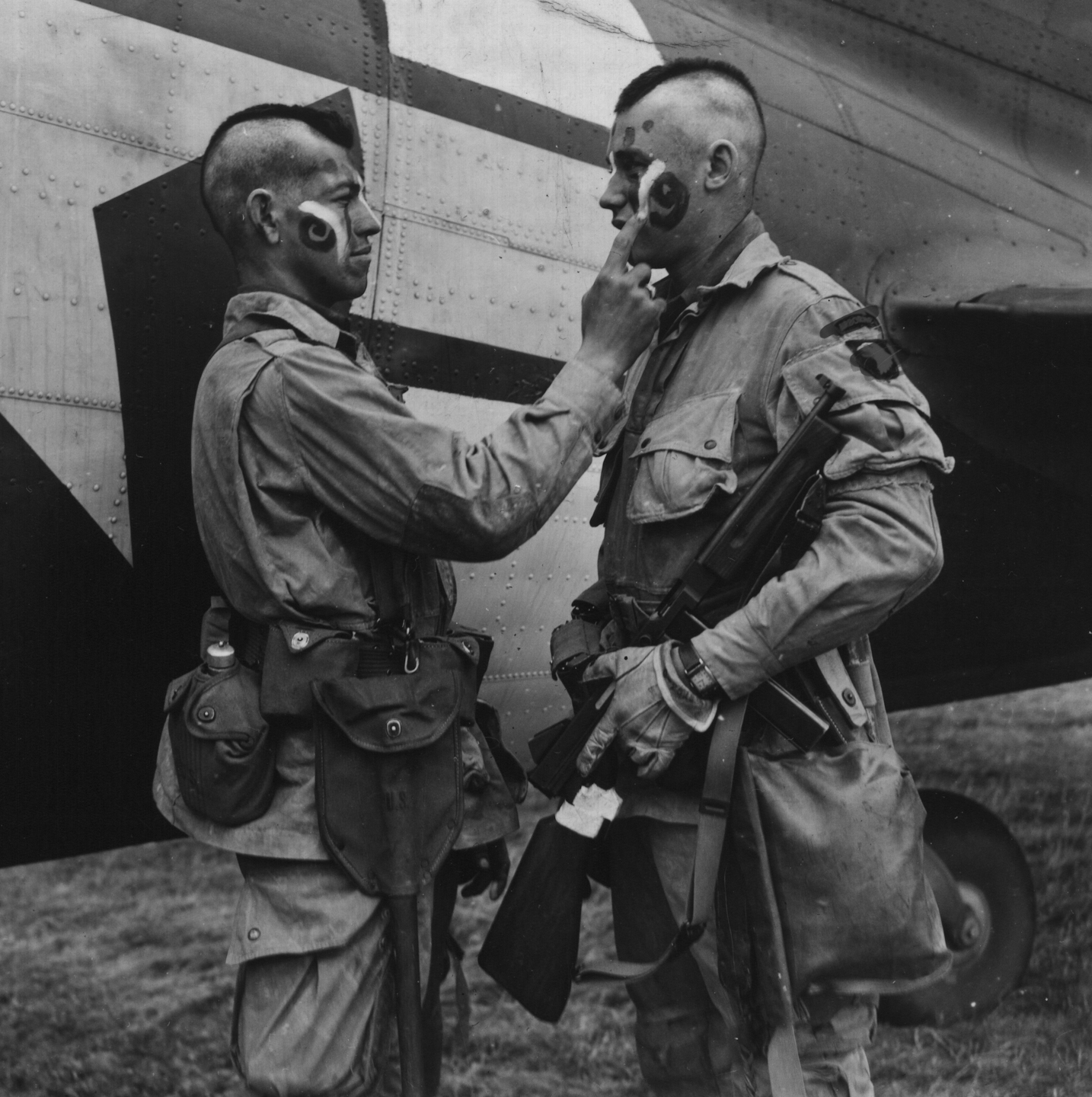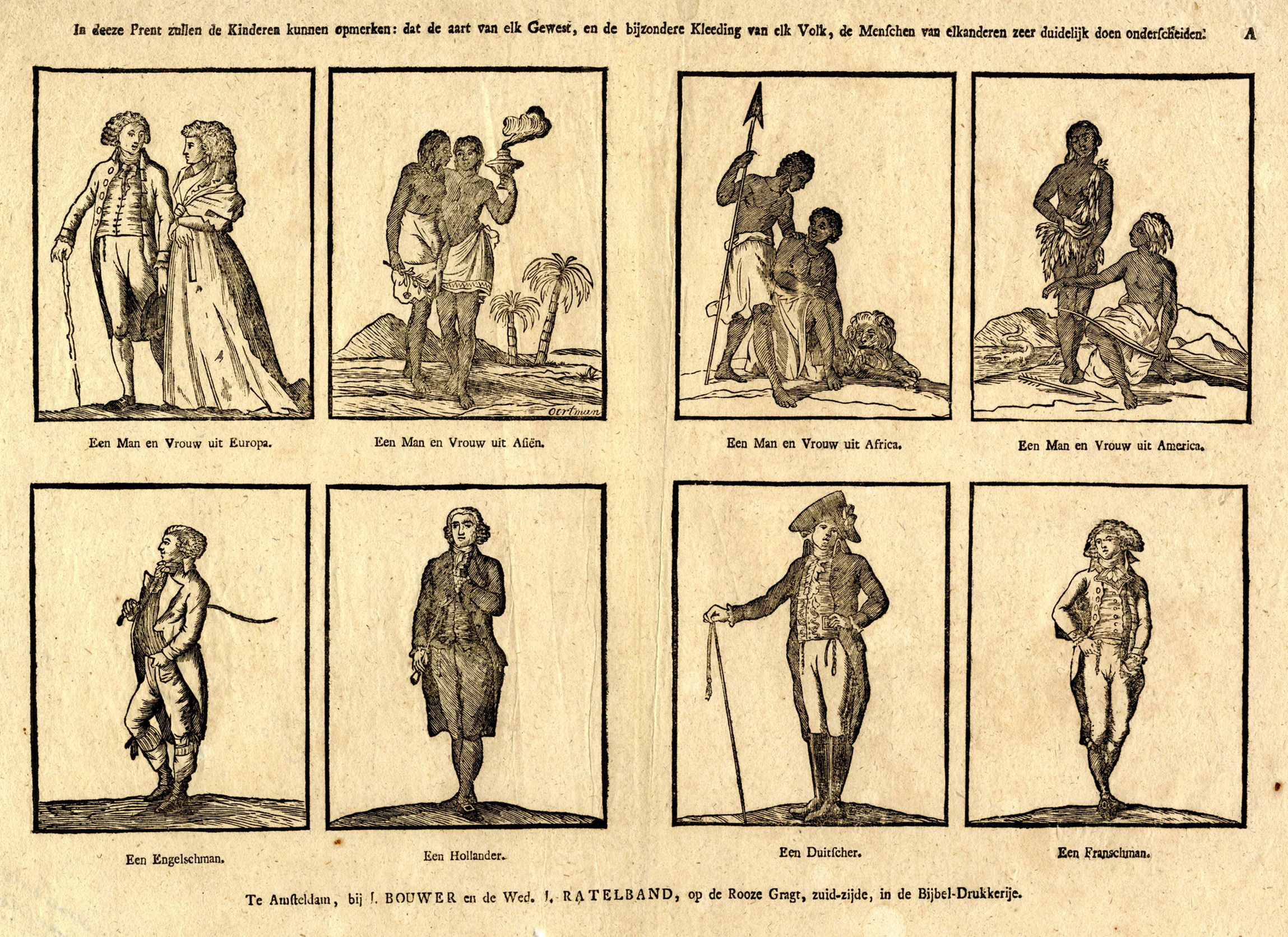|
Bogan
Bogan ( ) is Australian slang for a person whose speech, clothing, attitude and behaviour are considered unrefined or unsophisticated. Depending on the context, the term can be pejorative or self-deprecating. The prevalence of the term bogan has also been associated with changing social attitudes towards social class in Australia. Since the 1980s, the bogan has become a very well-recognised subculture, often as an example of bad taste. It has antecedents in the Australian larrikin and ocker, and various localised names exist that describe the same or very similar people to the bogan.Moore, BruceOf Boondies, Belgium Sausages and Boguns (archive oOzwords(Australian National University), November 1998. Etymology The origin of the term ''bogan'' is unclear; both the ''Macquarie Dictionary'' and the ''Australian Oxford Dictionary'' cite the origin as unknown. Some Sydney residents' recollection is that the term is based on the concept that residents of the western suburbs (stere ... [...More Info...] [...Related Items...] OR: [Wikipedia] [Google] [Baidu] |
Bogan Gate
Bogan Gate is a small village in Parkes Shire of the Central West of New South Wales, Australia. At the , Bogan Gate and the surrounding area had a population of 307. Bogan Gate is derived from the local Aboriginal word meaning "the birthplace of a notable headman of the local tribe". The village lies in wheat and sheep growing country and is on the Sydney - Broken Hill rail line, and it is the junction for the Bogan Gate–Tottenham Branch line. Attractions include the annual Bogan Gate Arts Festival and golf tournaments at the local nine-hole Bogan Gate Golf Club. History 19th century Explorer John Oxley passed through the area in 1817. An early reference to the name Bogan Gate is in the ''New South Wales Government Gazette'' for 19 May 1876. Tenders were called for the conveyance of mail to Bogan Gate in May 1877. Bogan Gate Post Office opened on 15 December 1896. The arrival of the railway line late in the 19th century transformed Bogan Gate and agriculture in the re ... [...More Info...] [...Related Items...] OR: [Wikipedia] [Google] [Baidu] |
Bogan River
Bogan River, a perennial river that is part of the Macquarie– Barwon catchment within the Murray–Darling basin, is located in the central west and Orana regions of New South Wales, Australia. From its origin near Parkes, the Bogan River flows for about in length and flows into the Little Bogan River to form the Darling River, near Bourke. The name Bogan is supposedly an Australian Aboriginal (Wiradjuri or Ngiyambaa) term meaning 'the birthplace of a notable headman of the local tribe'; and is also a Gaelic term meaning bog. Geography From the foothills of the Herveys Range, the Bogan River rises to the west of the headwaters of the Little River at Cooks Myalls, near Goonumbla, north-west of Parkes. The river flows in a generally north-north-westerly direction past Tottenham, Peak Hill and through Nyngan. East of Bourke, the Bogan River joins with the Little Bogan River to form the Darling River. The Bogan River has over twenty tributaries. The main tributaries to ... [...More Info...] [...Related Items...] OR: [Wikipedia] [Google] [Baidu] |
Bogan Shire
Bogan Shire is a local government area in the Orana region of New South Wales, Australia. The Shire is located adjacent to the Mitchell and Barrier highways and its only significant town is Nyngan. The Municipality of Nyngan was proclaimed on 17 February 1891 with Nyngan having a population of 1,355. Bogan Shire was proclaimed on 7 May 1906. Bogan Shire absorbed the Municipality of Nyngan on 1 January 1972. The Mayor of Bogan Shire Council is Cr. Glen Neill, who is unaligned with any political party. Demographics Incomes According to the Australian Bureau of Statistics during 2003-04 there: *were 798 wage and salary earners (ranked 151st in New South Wales and 484th in Australia, less than 0.1% of both New South Wales's 2,558,415 and Australia's 7,831,856) *was a total income of $26 million (ranked 150th in New South Wales and 484th in Australia, less than 0.1% of both New South Wales's $107 billion and Australia's $304 billion) *was an estimated average income per wage a ... [...More Info...] [...Related Items...] OR: [Wikipedia] [Google] [Baidu] |
Ocker
The term "ocker" is used both as a noun and adjective for an Australian who speaks and acts in a rough and uncultivated manner, using Strine, a broad Australian accent. Definition Richard Neville defined ockerism as being "about conviviality: comradeship with a touch of good-hearted sexism". Although Australians would say thongs, and not flip-flops. It is mostly fairly neutral, even affectionate—although it can be used in a pejorative sense, especially by Australians who consider themselves cultured or enlightened, or "up themselves" as an "ocker" would say. History "Ocker" was recorded from 1916 as a nickname for anyone called Oscar. The 1920s Australian comic strip ''Ginger Meggs'' contained a character called Oscar ("Ocker") Stevens. The term "ocker" for a stereotypically uncouth Australian came into use when a character of that name, played by Ron Frazer, appeared in the satirical television comedy series ''The Mavis Bramston Show''. Uses Politicians, including former Pri ... [...More Info...] [...Related Items...] OR: [Wikipedia] [Google] [Baidu] |
Larrikin
Larrikin is an Australian English term meaning "a mischievous young person, an uncultivated, rowdy but good hearted person", or "a person who acts with apparent disregard for social or political conventions". In the 19th and early 20th centuries, the term generally meant "a lout, a hoodlum" or "a young urban rough, a hooligan", meanings which became obsolete. Etymology The word ''larrikin'' was a dialect term meaning "mischievous or frolicsome youth" originating from the West Midlands region of England (particularly the counties of Worcestershire and Warwickshire). It was also related to the verb ''to larrack'' in the Yorkshire dialect, meaning 'to lark about'. While ''larrikin'' eventually fell into disuse in its place of origin, the word started to become widely used in the streets of Melbourne from the late 1860s. The term ''larrikin'' was reported in an English dialect dictionary in 1905, referring to 'a mischievous or frolicsome youth'. The word ''lupikin'', from Sc ... [...More Info...] [...Related Items...] OR: [Wikipedia] [Google] [Baidu] |
Mohawk Hairstyle
The mohawk (also referred to as a Mohican) is a hairstyle in which, in the most common variety, both sides of the head are shaven, leaving a strip of noticeably longer hair in the center. It is today worn as an emblem of non-conformity. The mohawk is also sometimes referred to as an iro in reference to the Iroquois (who include the Mohawk people), from whom the hairstyle is supposedly derived – though historically the hair was plucked out rather than shaved. Additionally, hairstyles bearing these names more closely resemble those worn by the Pawnee, rather than the Mohawk, Mohicans, Mohegan, or other groups whose names are phonetically similar. The world record for the tallest mohawk goes to Kazuhiro Watanabe, who has a tall mohawk. Name While the mohawk hairstyle takes its name from the people of the Mohawk nation, an indigenous people of North America who originally inhabited the Mohawk Valley in upstate New York, the association comes from Hollywood and more specifica ... [...More Info...] [...Related Items...] OR: [Wikipedia] [Google] [Baidu] |
Vogue (magazine)
''Vogue'' is an American monthly fashion and lifestyle magazine that covers many topics, including haute couture fashion, beauty, culture, living, and runway. Based at One World Trade Center One World Trade Center (also known as One World Trade, One WTC, and formerly Freedom Tower) is the main building of the rebuilt World Trade Center complex in Lower Manhattan, New York City. Designed by David Childs of Skidmore, Owings & Mer ... in the FiDi, Financial District of Lower Manhattan, ''Vogue'' began in 1892 as a weekly newspaper before becoming a monthly magazine years later. Since its founding, ''Vogue'' has featured numerous actors, musicians, models, athletes, and other prominent celebrities. The largest issue published by ''Vogue'' magazine was the September 2012 edition, containing 900 pages. The British Vogue, British ''Vogue'', launched in 1916, was the first international edition, while the Italian version ''Vogue Italia'' has been called the top fashion magazin ... [...More Info...] [...Related Items...] OR: [Wikipedia] [Google] [Baidu] |
Australian National Dictionary Centre
The Australian National Dictionary Centre (ANDC) at the Australian National University in Canberra is a major centre for lexicographical research in Australia. It is jointly funded by the Australian National University and Oxford University Press Australia and New Zealand. The Centre conducts research into Australian English and provides Oxford University Press with editorial expertise for its Australian dictionaries. History The founding director of the Australian National Dictionary Centre, W.S. (Bill) Ramson (1933–2011), was one of several researchers and academics in the 1970s who saw the need for a general Australian dictionary. In the late 1970s, based at the Australian National University in Canberra, he began research on a specialised work, a dictionary of Australianisms based on historical principles. The dictionary would be an Australian version of the ''Oxford English Dictionary'', recording the history of Australian words. After several years of data collection a p ... [...More Info...] [...Related Items...] OR: [Wikipedia] [Google] [Baidu] |
Tracks (magazine)
''Tracks'' is a monthly Australian surf magazine, promoting itself as "the surfers' bible." It is published by Nextmedia. ''Tracks'' was established in October 1970 by Alby Falzon, John Witzig, and David Elfick, starting as a kind of counterculture tabloid, printed on newsprint and produced on Sydney's northern beaches. Since then it has grown to be a major surfing publication. History ''Tracks'' was originally published by the Tracks Publishing Company. ''Tracks'' published a cartoon series,"Captain Goodvibes", by Australian cartoonist Tony Edwards. The Captain Goodvibes cartoons were first published in May 1973 and appeared regularly until July 1981. The character became an icon of Australian surfing culture. "Lash Clone" by Australian Author D. C. Greening appeared in the pages of ''Tracks'' during the 1980s, with Greening's later works, "Cosmic Surf Wars," appearing more recently. Some time after 1987 the magazine was acquired by Next Publishing (now known as Nextm ... [...More Info...] [...Related Items...] OR: [Wikipedia] [Google] [Baidu] |
Stereotypical Bogan
In social psychology, a stereotype is a generalized belief about a particular category of people. It is an expectation that people might have about every person of a particular group. The type of expectation can vary; it can be, for example, an expectation about the group's personality, preferences, appearance or ability. Stereotypes are sometimes overgeneralized, inaccurate, and resistant to new information, but can sometimes be accurate. While such generalizations about groups of people may be useful when making quick decisions, they may be erroneous when applied to particular individuals and are among the reasons for prejudicial attitudes. Explicit stereotypes An explicit stereotype refers to stereotypes that one is aware that one holds, and is aware that one is using to judge people. If person ''A ''is making judgments about a ''particular'' person ''B'' from a group ''G'', and person ''A'' has an explicit stereotype for group ''G'', their decision bias can be partiall ... [...More Info...] [...Related Items...] OR: [Wikipedia] [Google] [Baidu] |
The Conversation (website)
''The Conversation'' is a network of not-for-profit media outlets publishing news stories and research reports online, with accompanying expert opinion and analysis. Articles are written by academics and researchers under a free Creative Commons license, allowing reuse without modification. Its model has been described as explanatory journalism. Except in "exceptional circumstances", it only publishes articles by "academics employed by, or otherwise formally connected to, accredited institutions, including universities and accredited research bodies". The website was launched in Australia in March 2011. The network has since expanded globally with a variety of local editions originating from around the world. In September 2019, ''The Conversation'' reported a monthly online audience of 10.7 million users, and a combined reach of 40 million people when including republication. The site employed over 150 full-time staff as of 2020. Each regional or national edition of '' ... [...More Info...] [...Related Items...] OR: [Wikipedia] [Google] [Baidu] |
Xavier College
Xavier College is a Roman Catholic, day and boarding school predominantly for boys, founded in 1872 by the Society of Jesus, with its main campus located in Kew, an eastern suburb of Melbourne, Victoria, Australia. Classes started in 1878. The college is part of the international network of Jesuit schools begun in Messina, Sicily in 1548. Originally an all-boys school, the College now offers co-education until Year 4, and an all-boys environment from then on. In 2011, the school had 2,085 students on roll, including 76 boarders. The school is in the Archdiocese of Melbourne, and is affiliated with the Independent Primary School Heads of Australia (IPSHA) formerly the Junior School Heads Association of Australia (JSHAA), the Association of Heads of Independent Schools of Australia (AHISA), the Australian Boarding Schools' Association (ABSA), and the Associated Public Schools of Victoria (APS). In December 2010, ''The Age'' reported that, on the number of alumni who had receive ... [...More Info...] [...Related Items...] OR: [Wikipedia] [Google] [Baidu] |








